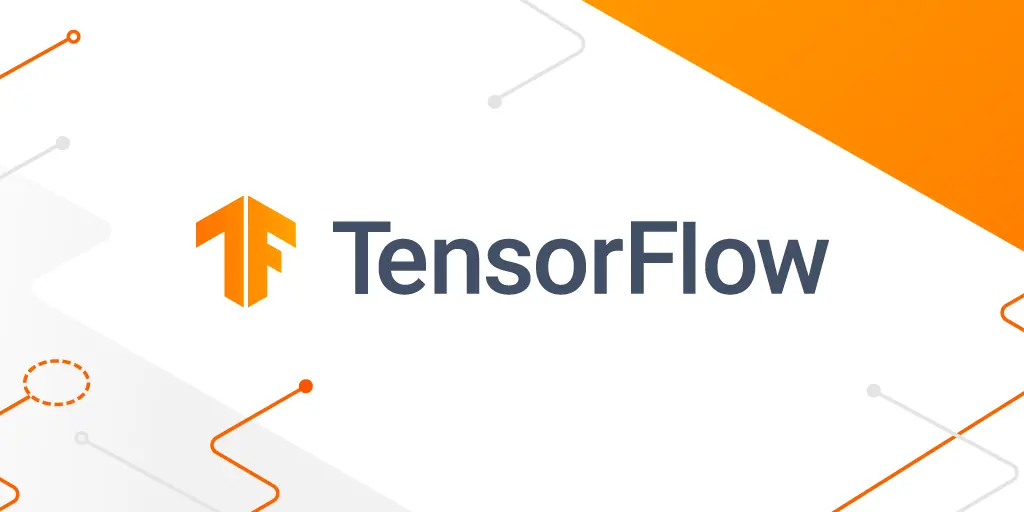
Insights into TensorFlow: A Leading Framework for Deep Learning
TensorFlow, developed and open-sourced by Google in 2015, has become one of the most widely used frameworks for machine learning and deep learning. Built to support both research and production needs, TensorFlow provides powerful tools, flexibility, and scalability for building intelligent systems. In this article, we offer insights into why TensorFlow remains a top choice for developers and researchers in the AI community.
1. Comprehensive Ecosystem
One of TensorFlow's biggest strengths lies in its rich ecosystem:
Keras (integrated into TensorFlow): A high-level API that simplifies model building and training.
TensorFlow Hub: A repository of pre-trained models for transfer learning and reuse.
TensorFlow Lite: Optimized for deploying models on mobile and embedded devices.
TensorFlow.js: Enables training and running models in the browser using JavaScript.
TensorBoard: A powerful tool for visualizing training progress, graphs, and metrics.
This modularity makes TensorFlow suitable for projects ranging from research experiments to enterprise-grade applications.
2. Flexibility with Eager Execution and Graph Mode
TensorFlow supports two execution modes:
Eager Execution: Offers dynamic computation and intuitive Pythonic debugging, ideal for research and experimentation.
Graph Mode: Compiles operations into a computational graph, optimizing performance for deployment and distributed training.
Users can switch between modes, giving them the flexibility of PyTorch and the efficiency of static graphs in one framework.
3. Scalability and Distributed Training
TensorFlow is designed for large-scale training on multiple GPUs or TPUs and across distributed systems. The framework provides tools like:
tf.distribute.Strategyfor easy parallel training.
Native support for TPUs via Google Cloud and Colab.
Integration with Kubernetes and TensorFlow Serving for deployment at scale.
This makes TensorFlow ideal for organizations with high-performance computing requirements.
4. Production-Ready Deployment
TensorFlow offers robust deployment tools, allowing seamless transition from model development to production:
TensorFlow Serving: For deploying models in live production environments via REST or gRPC.
TF Lite: For optimized edge deployment on Android, iOS, and embedded devices.
TF.js: For running models directly in web browsers, opening up possibilities for client-side AI.
The ability to “train once, deploy anywhere” is one of TensorFlow’s most valuable features.
5. Community and Enterprise Support
Being backed by Google ensures that TensorFlow stays cutting-edge and well-documented. The framework also enjoys:
A vast global community of contributors.
Strong integration with Google’s cloud services, such as Vertex AI.
A large number of educational resources, from TensorFlow tutorials to full courses like the TensorFlow Developer Certificate program.
This ecosystem accelerates both learning and problem-solving for developers at all levels.
6. Challenges and Improvements
Despite its strengths, TensorFlow has faced criticism in the past:
Steep learning curve for beginners (especially before TensorFlow 2.0).
Verbose syntax compared to PyTorch.
Complexity in debugging static computation graphs.
However, with the release of TensorFlow 2.x, many of these issues have been addressed, making it far more accessible and user-friendly.
Conclusion
TensorFlow remains a powerful and evolving platform for building AI applications. Its combination of flexibility, scalability, and deployment support makes it suitable for everything from academic research to real-world production systems. As AI continues to expand into more domains, frameworks like TensorFlow will play a crucial role in bringing intelligent solutions to life.
Comments (1)
Categories
Recent posts

.jpeg)
.jpg)




Thank you for this excellent article.